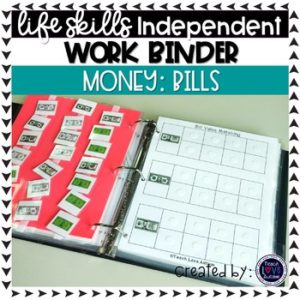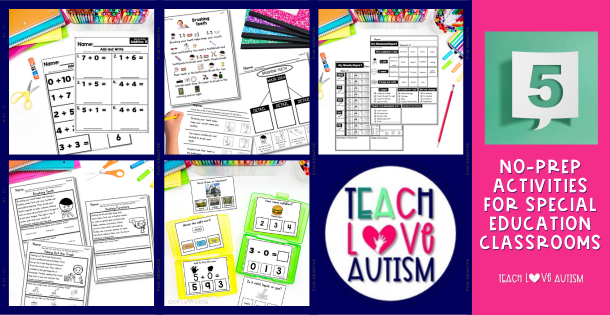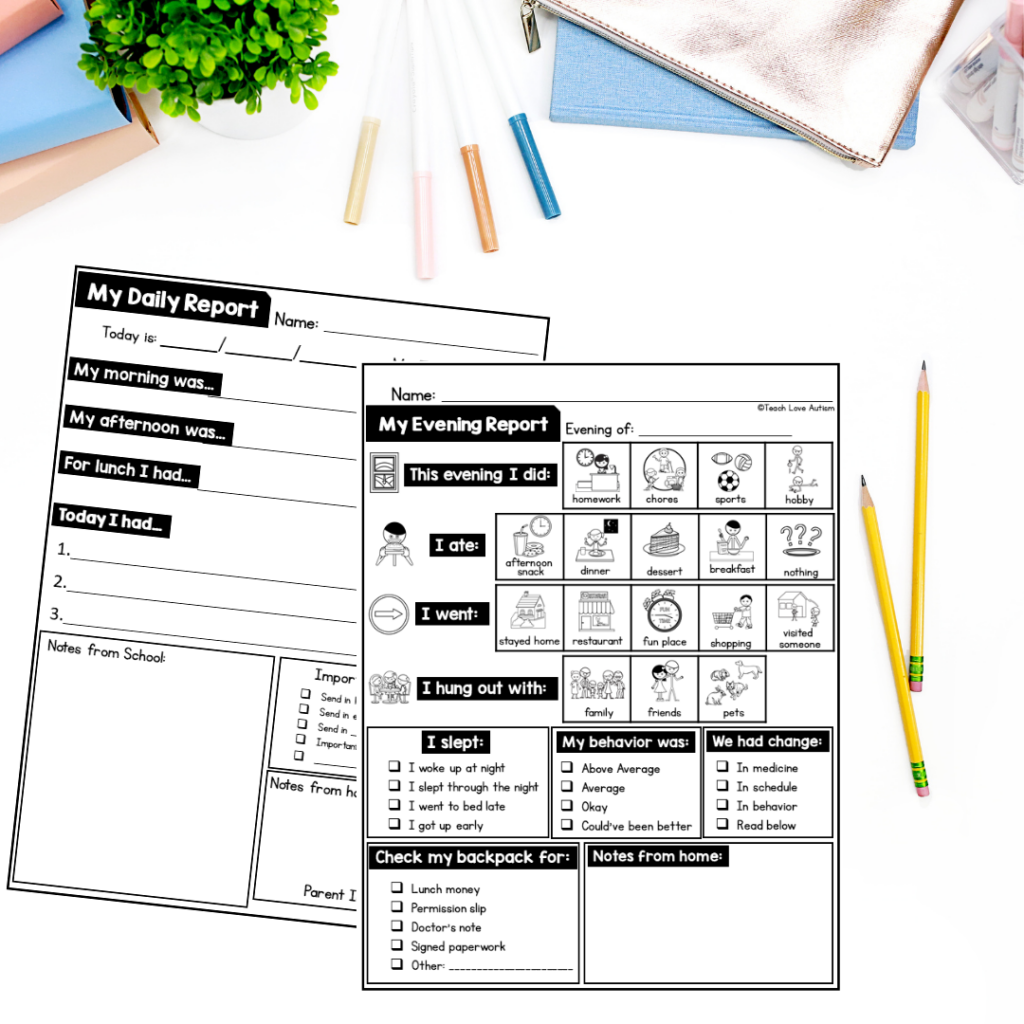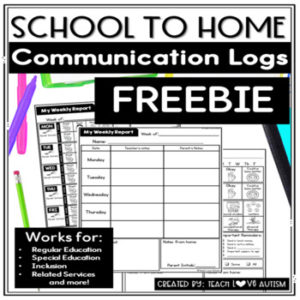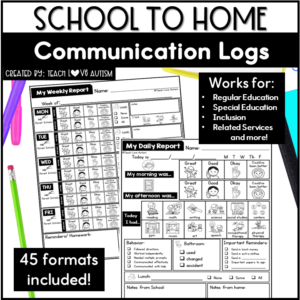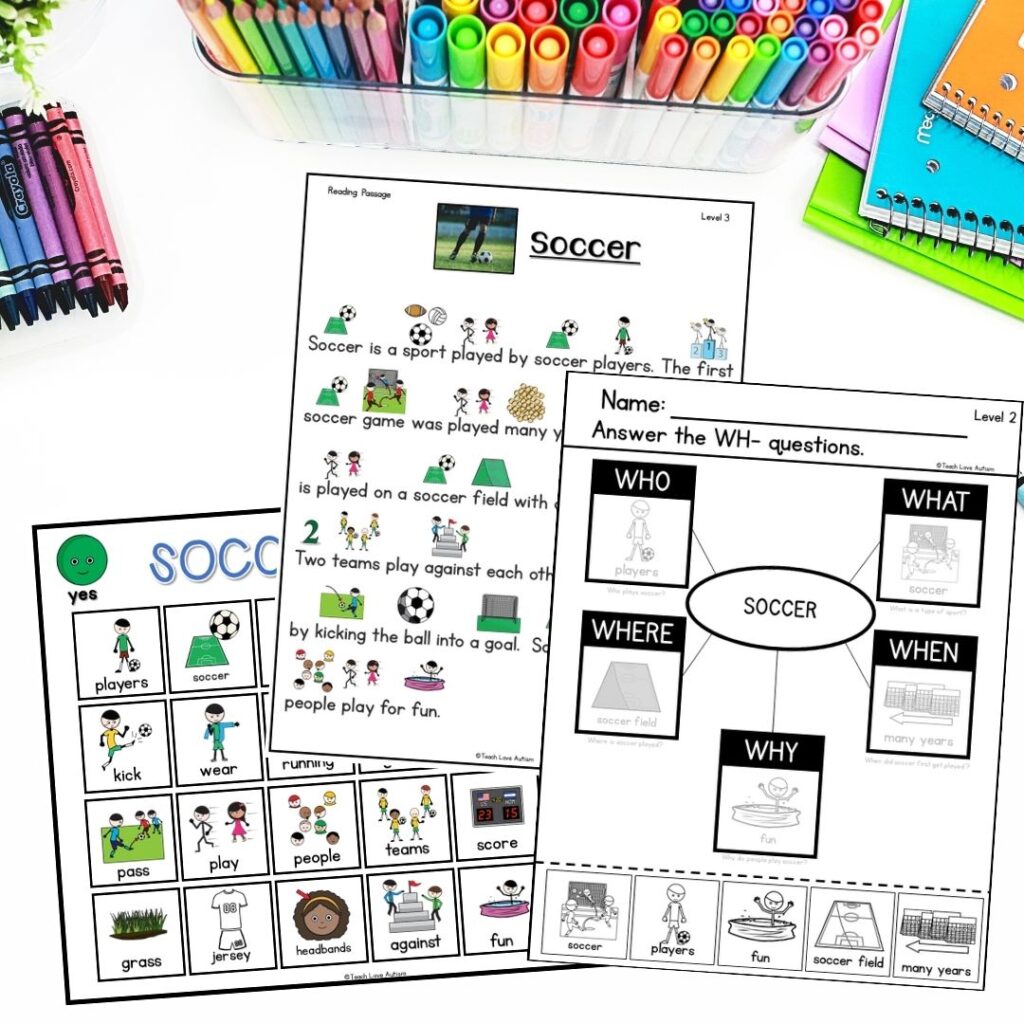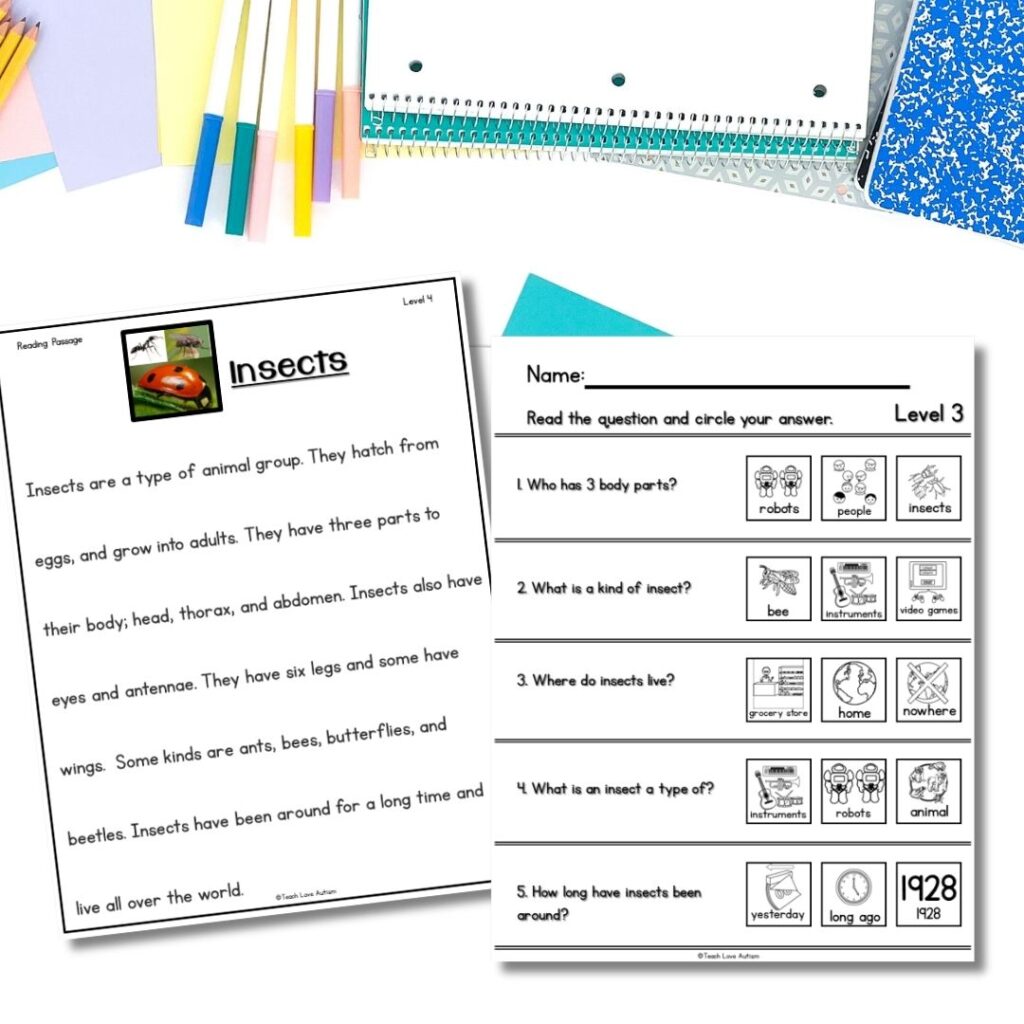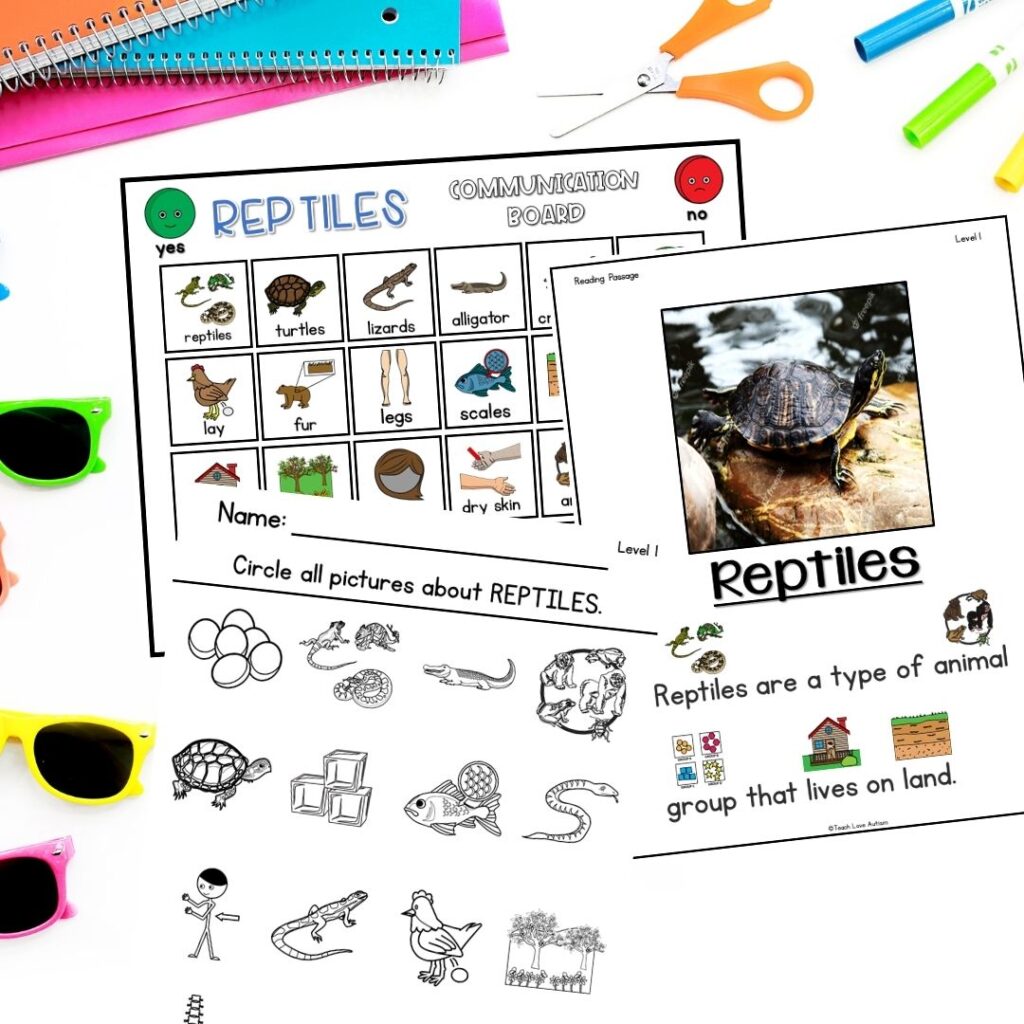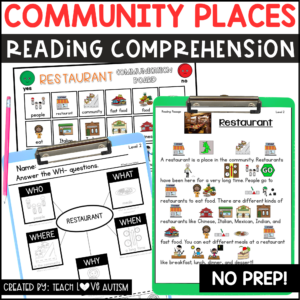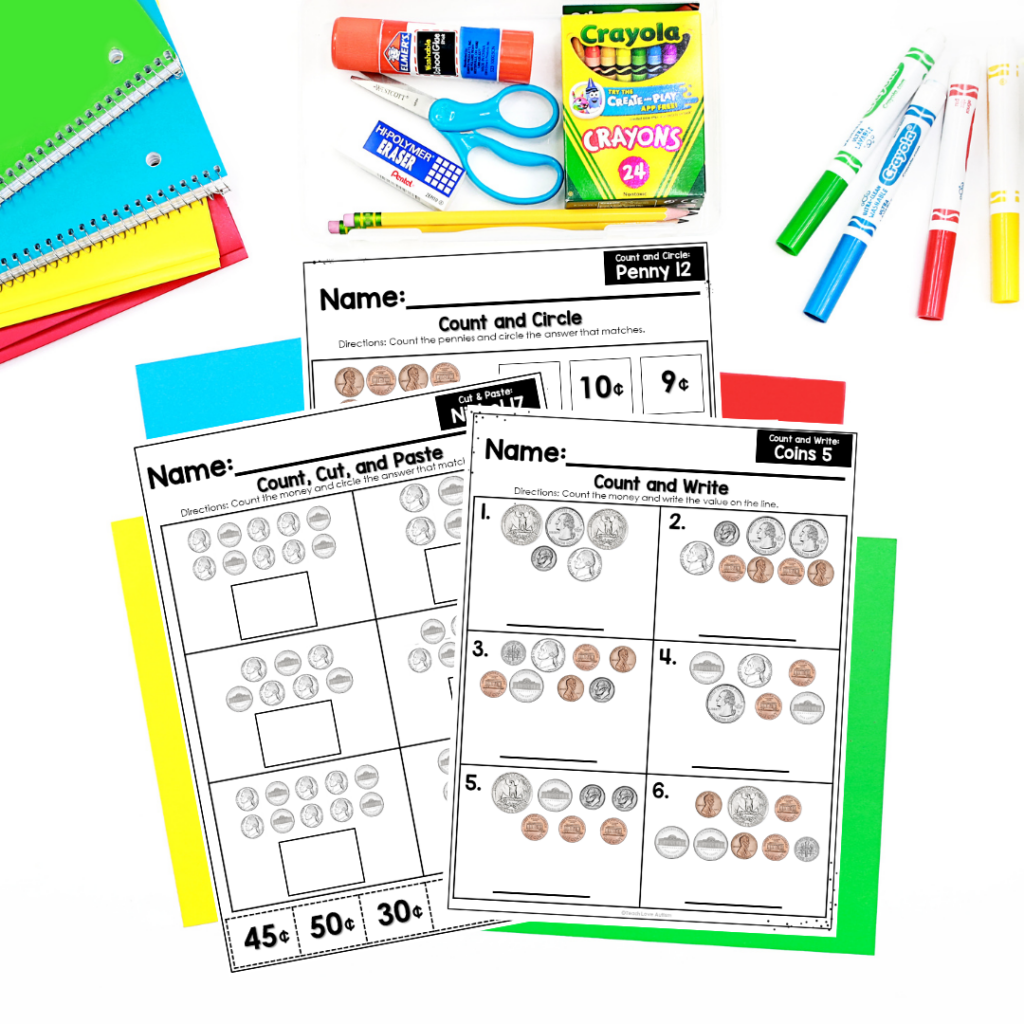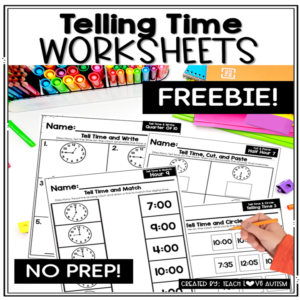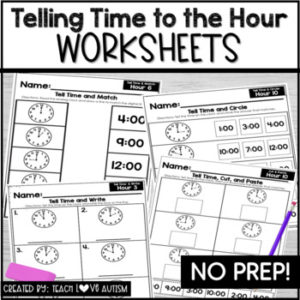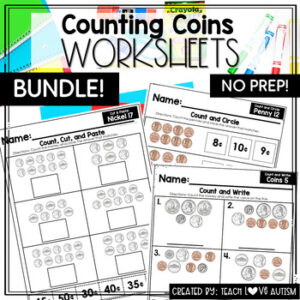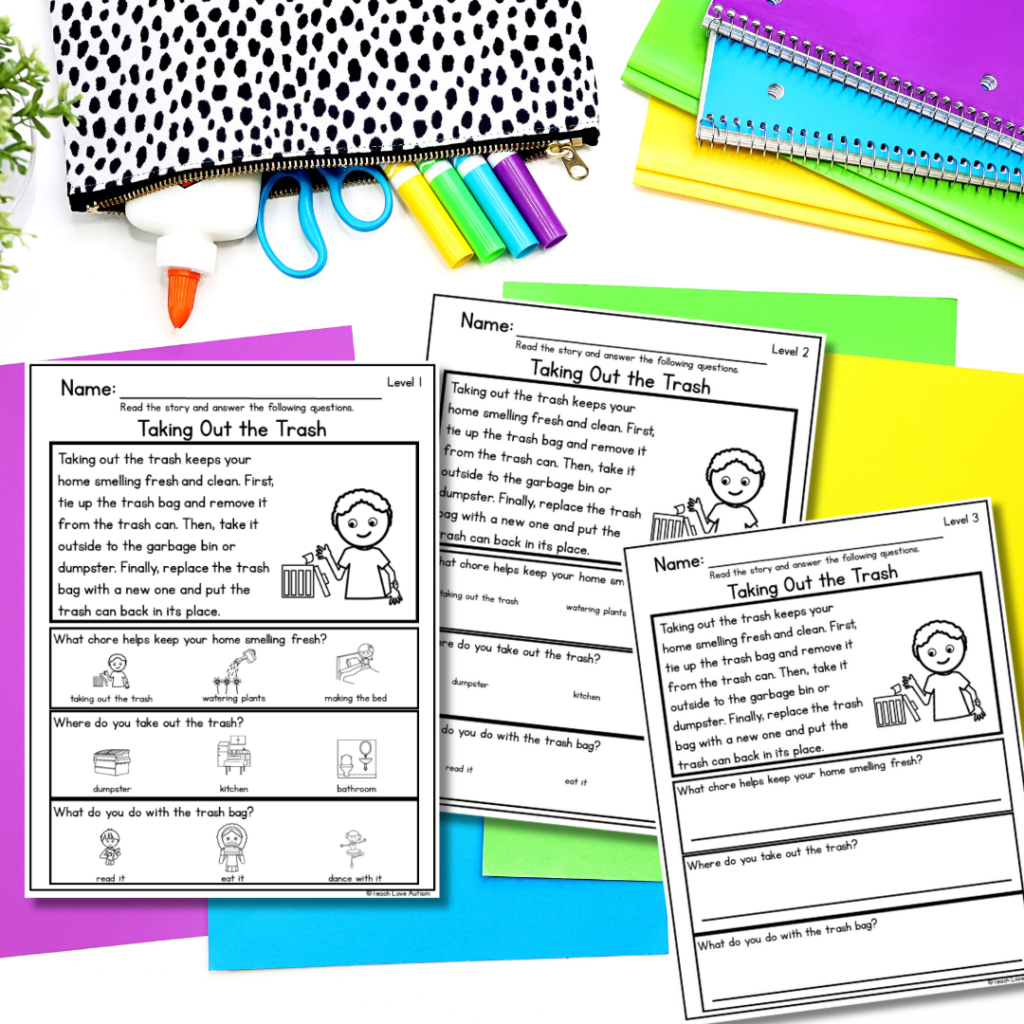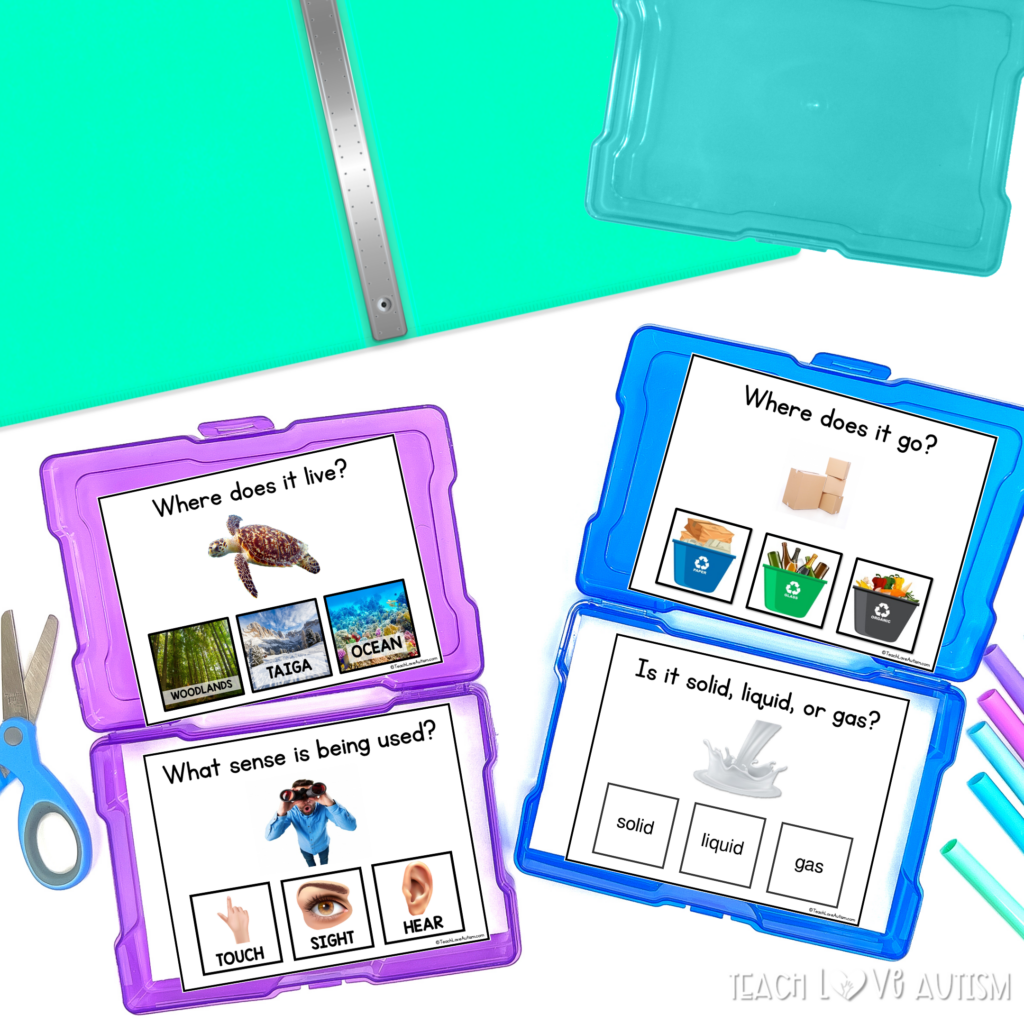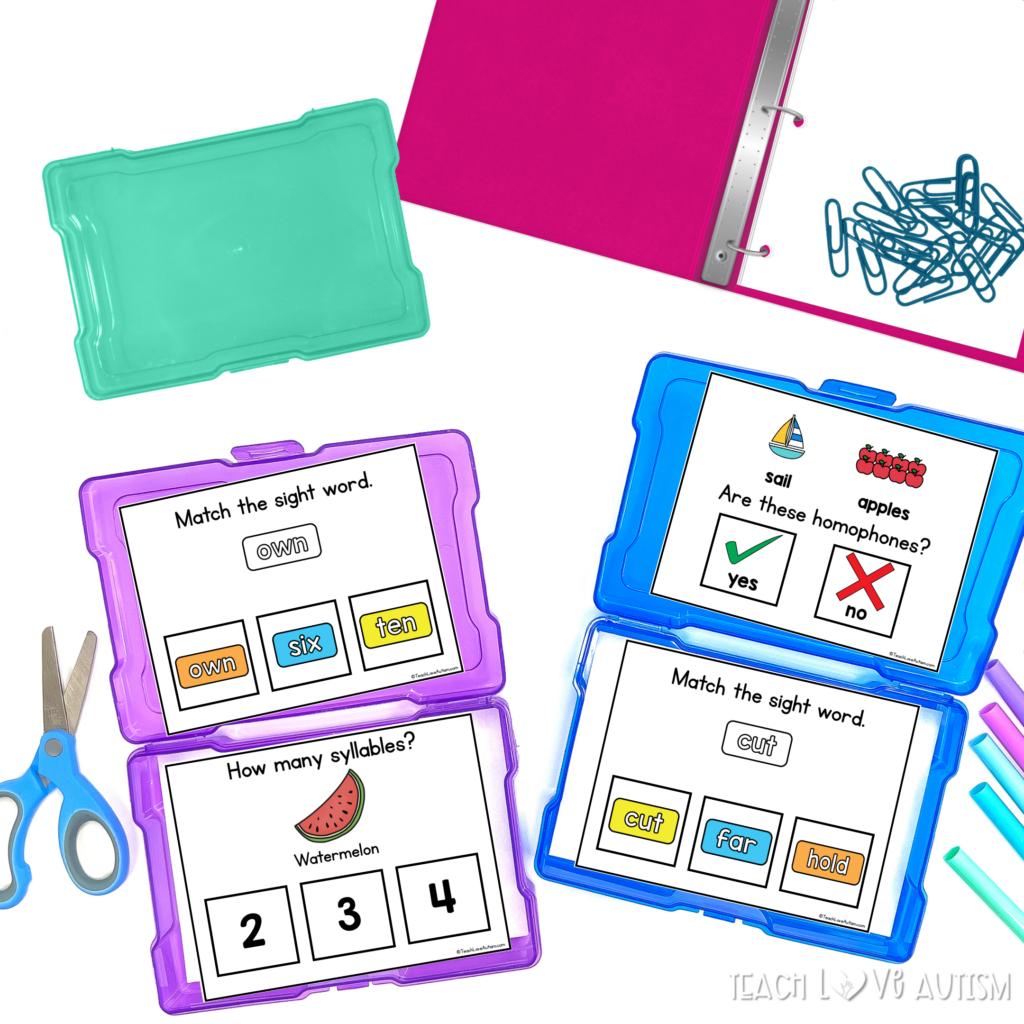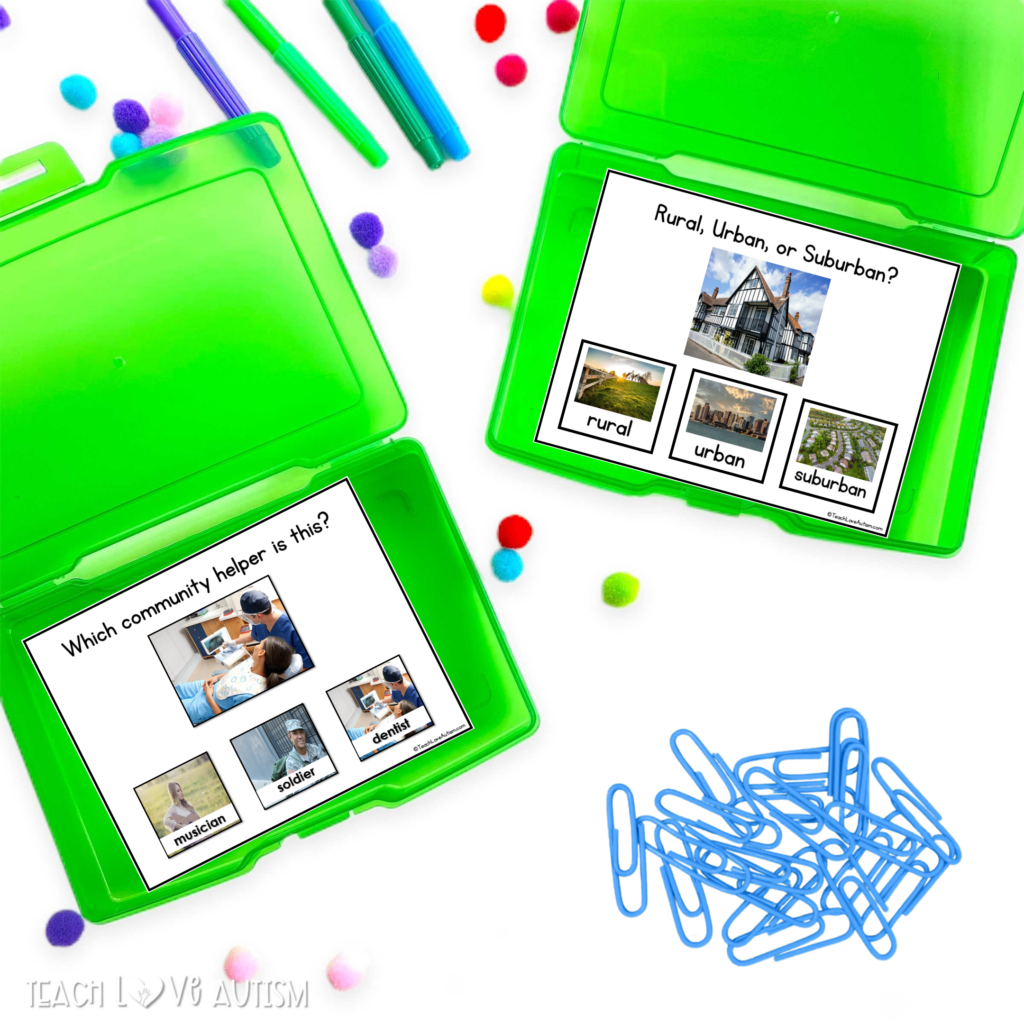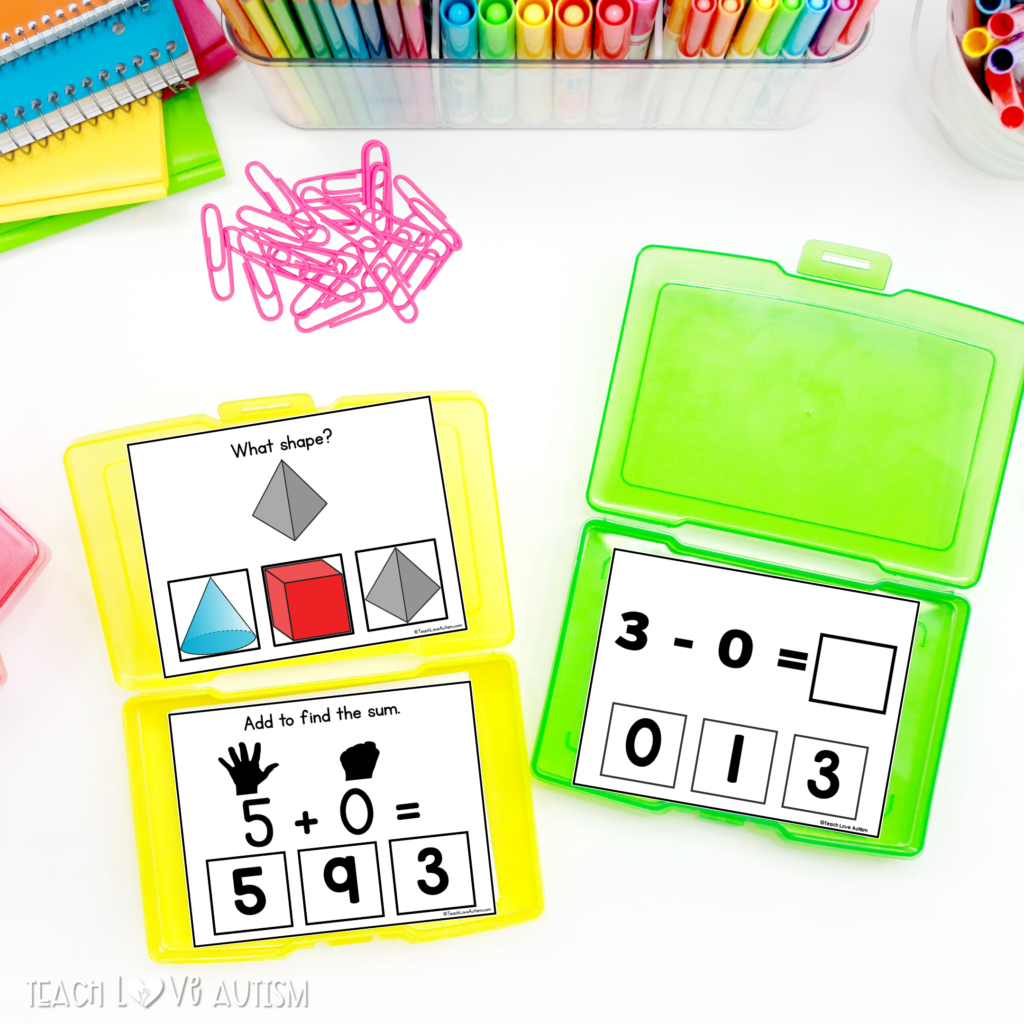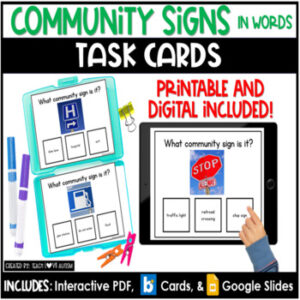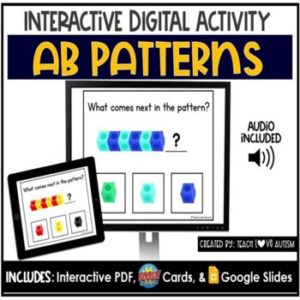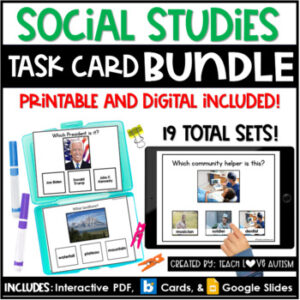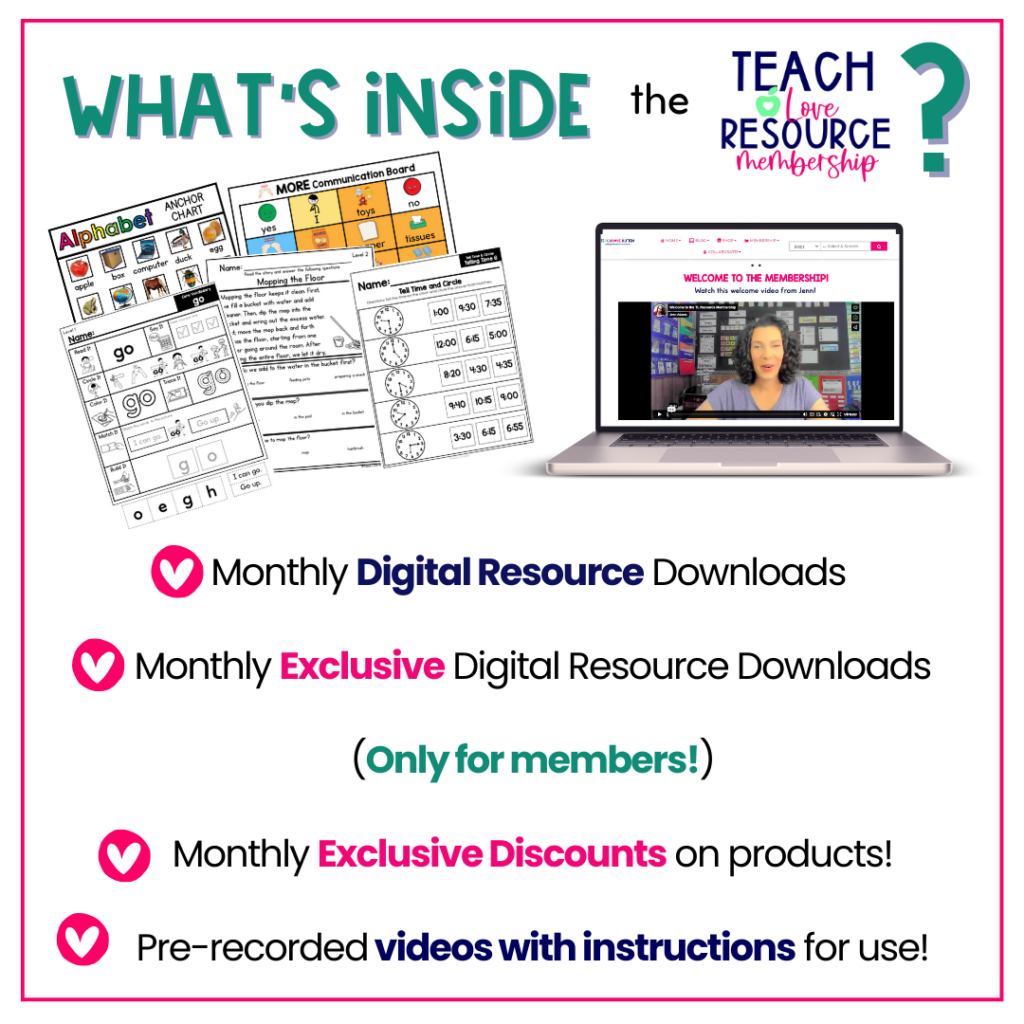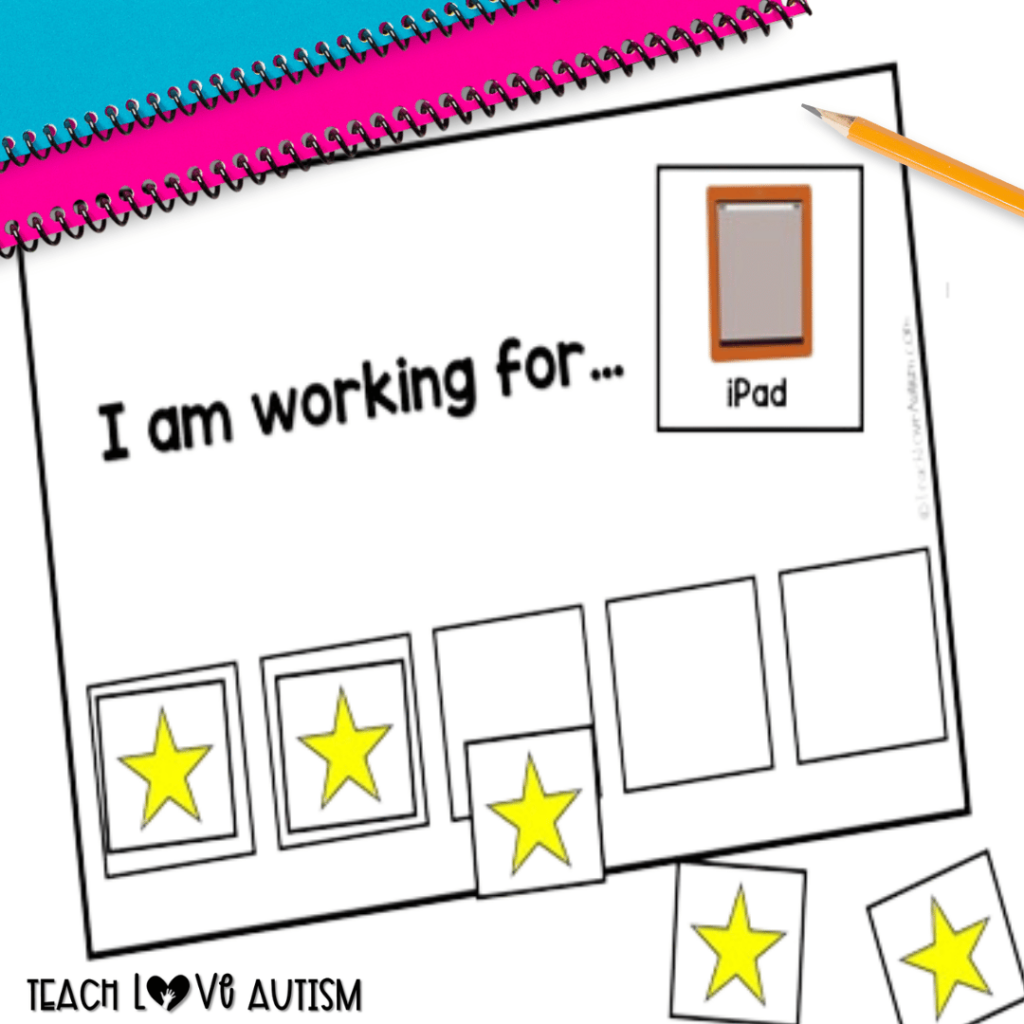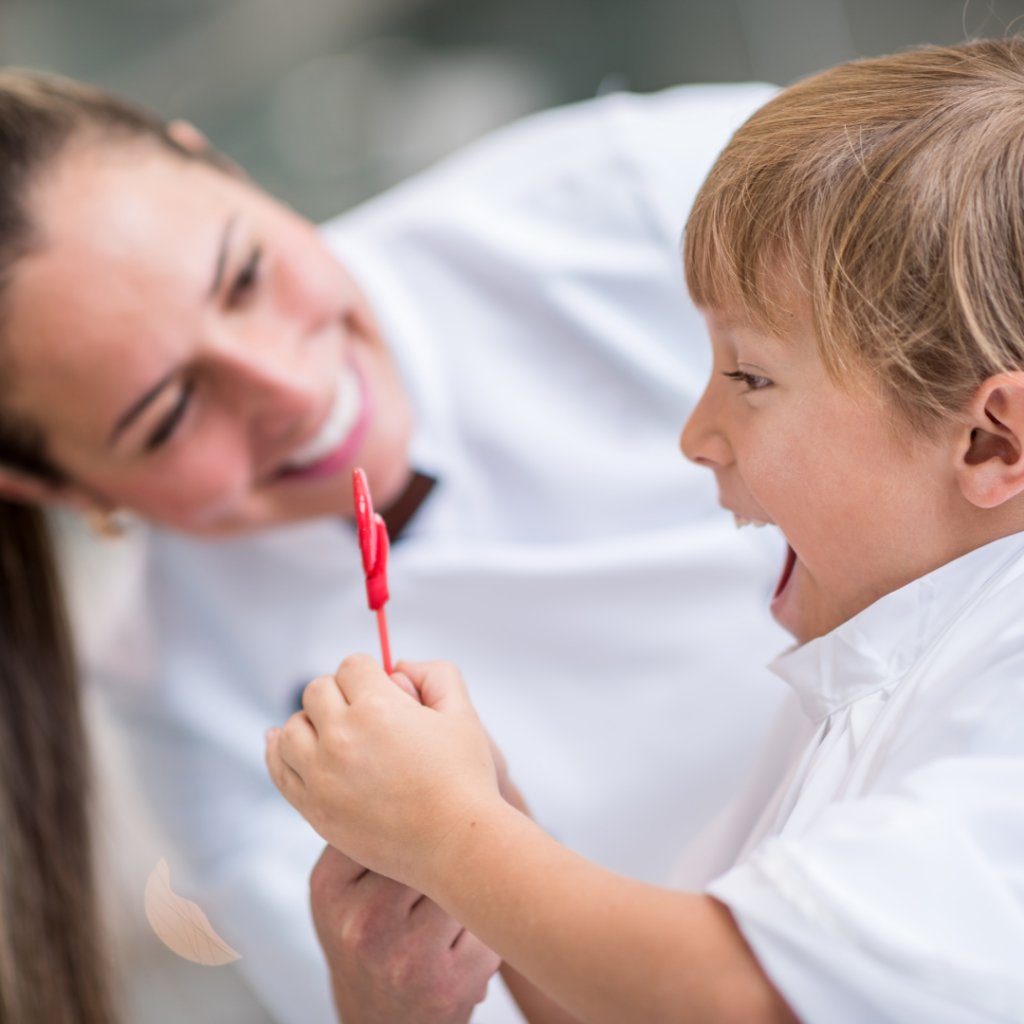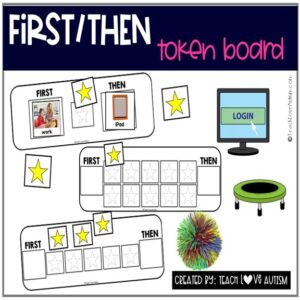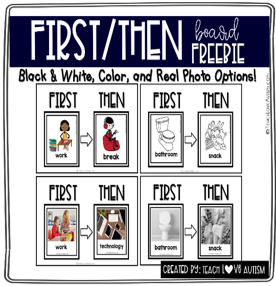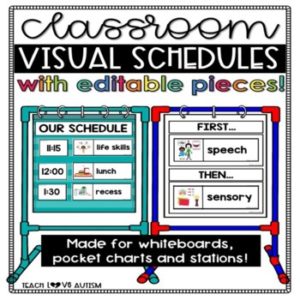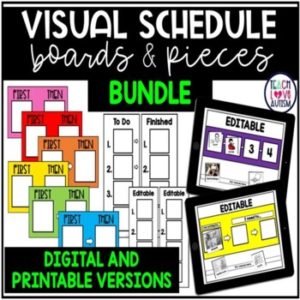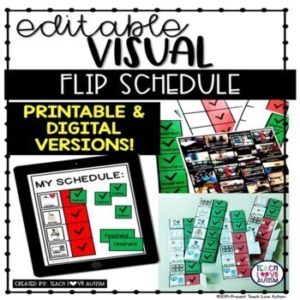 Obsessive-compulsive disorder (OCD) in children is neither uncommon nor well understood. Even some medical professionals think OCD is about rigorous hand-scrubbing or similar ritualized behaviors. It is often much stealthier — especially in kids who also have ADHD.
Obsessive-compulsive disorder (OCD) in children is neither uncommon nor well understood. Even some medical professionals think OCD is about rigorous hand-scrubbing or similar ritualized behaviors. It is often much stealthier — especially in kids who also have ADHD.
OCD is relatively more common in youth with ADHD. The disorders affect the same part of the brain and have many overlapping symptoms, including problems with attention, planning, task switching, and impulsivity. For this reason, OCD is sometimes misdiagnosed as ADHD or missed altogether when ADHD is present.
A missed OCD diagnosis is problematic because the condition informs the medication your child is prescribed, the treatment you pursue, and the therapist you choose. It influences the way you respond to your child’s behavioral challenges and the school accommodations you request.
The OCD Experience
We’ve all heard “I’m so OCD” from someone who is extremely neat and organized, but this stereotype does not generally reflect the reality of the OCD experience. Only a portion of people with OCD have germ or contamination obsessions. Misleading stereotypes like this mean OCD symptoms often go unrecognized in kids. Parents frequently ask, “How could my child have OCD? Their room is a mess.”
[Get This Free Download: Is It OCD or ADHD?]
The most common OCD themes in children include:
- Fear of harm: These kids frequently check their parents’ locations on their phones, and text or call them excessively to make sure they’re okay.
- Health concerns: These children worry constantly about getting sick and tend to be afraid of adult maladies, like aneurysms and heart attacks. This theme escalated significantly during and after COVID.
- Rejection fears: Over-apologizing and over-accommodating other people’s needs are common with this OCD theme. These kids chronically worry that friends will reject them and ask, “Are you mad at me? Do you still love me?”
- Perfectionism: This is characterized by people-pleasing among kids with ADHD, who frequently grapple with fear of failure. These kids seek constant reassurance that they are meeting expectations and avoid activities that they’re “not good at.”
- Fear of contamination: Hand-washing, often considered a “classic” OCD behavior, is one of many common responses to contamination fears. Some of these kids view certain parts of their home as “dangerous” and other parts as “safe,” and others as “dirty.”
- Extreme food pickiness: These kids will eat only very specific kinds of food due to unfounded fears of allergens, digestive issues, or other adverse consequences.
- Separation anxiety: These kids are afraid of sleeping alone, going to sleepovers, or of parents traveling without them. They believe something bad will happen to them or their parents during separation. This can last through high school.
- Time concerns: This theme takes two forms: kids are deeply worried about timeliness, and others worried about the passage of time. Children with OCD can feel a powerful fear of future regret, such as, “This is my only opportunity to be a child and I don’t want it to pass me by.” They often experience great dysregulation with plans change.
OCD Manifestations with ADHD
OCD often shows up in the following behaviors or as the following phobias among children who also have ADHD:
- Body Focused Repetitive Behaviors (BFRBs), such as nail biting and skin picking. Recent research suggests that N-acetyl cysteine (NAC), an antioxidant, may help curb the intense urge to engage in body-focused repetitive behaviors (BFRBs). It is an over-the-counter supplement. Side effects (nausea and stomach upset) tend to be mild.
- Emetophobia, or fear of vomiting.
- Misophonia, or disgust at the sound of people chewing
- Social phobia and avoidance due to fear of embarrassment
- School refusal or avoidance due, in many cases, to the fear of school being “unsafe”
[Read: OCD and ADHD – The Polar Opposites That Are Not]
Treating OCD in Kids
OCD symptoms can range from burdensome to debilitating, but a large body of research has revealed effective treatment approaches. They include:
- Exposure and Response Prevention (ERP): ERP is a desensitization therapy in which patients are gradually exposed to thoughts or situations that trigger their obsessions and learn coping skills to prevent them from taking over. ERP requires numerous sessions and improves symptoms in most cases.
- Medication: In combination with ERP, medication can be very effective in reducing OCD symptoms. Selective serotonin reuptake inhibitors (SSRIs), such as Prozac or Zoloft, are the most commonly used medications. Sometimes, a low dose of an antipsychotic, such as Abilify, is used to augment the SSRI, particularly for neurodivergent kids.
These OCD medications may be used in conjunction with ADHD medications, including stimulants. For some people, though, stimulants can increase OCD symptoms and/or BFRBs, so It’s important to be treated by a provider who is knowledgeable about both OCD and ADHD.
- N-acetyl cysteine: Recent research suggests that N-acetyl cysteine (NAC), an antioxidant, may help curb the intense urge to engage in body-focused repetitive behaviors (BFRBs). It is an over-the-counter supplement. Side effects (nausea and stomach upset) tend to be mild.
Can You Have ADHD and OCD? Next Steps
- Self-Test: Obsessive-Compulsive Disorder in Children
- Read: What Obsessive Compulsive Disorder (OCD) Looks Like in Children
- Read: When OCD and ADHD Coexist: Symptom Presentation, Diagnosis, and Treatment
SUPPORT ADDITUDE
Thank you for reading ADDitude. To support our mission of providing ADHD education and support, please consider subscribing. Your readership and support help make our content and outreach possible. Thank you.










